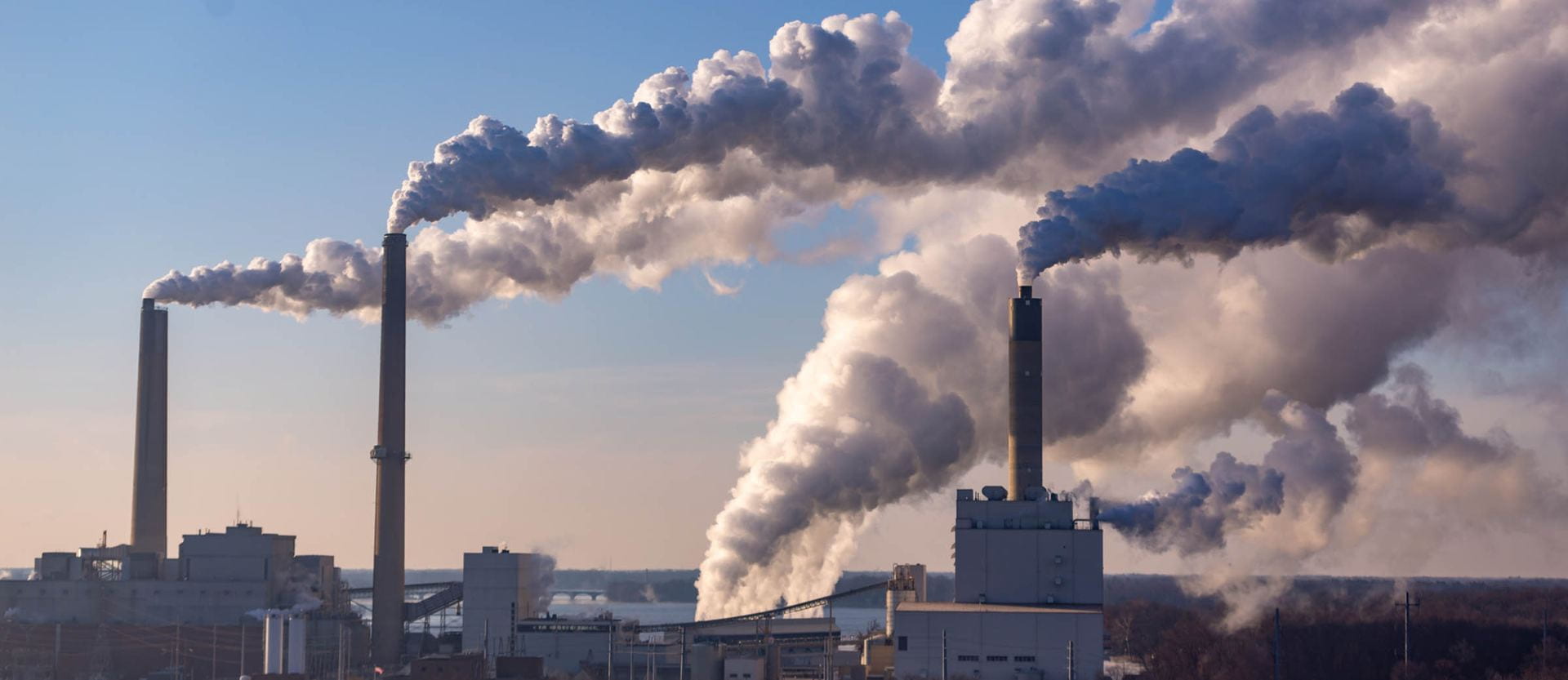When Accounting Professor Sorabh Tomar of SMU Cox set out on his research journey about greenhouse gas emissions disclosures by facilities, he expected they would receive direct pressure from outside forces like investors, environmental groups and regulators to reduce emissions levels. Instead he found that the facilities, America’s plants and manufacturers, were more concerned with their peers’ emissions disclosures. They wanted to benchmark their emissions to their better-performing peers. This research belongs to an area called “real effects” of disclosure, which his Ph.D. advisor introduced to him.
Corporate social responsibility (CSR) disclosures are an important avenue in combating climate change Tomar suggests in his new research. Reducing greenhouse gas emissions (GHG) is a widely accepted way to help mitigate the effects and trajectory of climate change. Implemented in 2010, the Environmental Protection Agency (EPA) Greenhouse Gas Reporting Program, a comprehensive bottom-up reporting program of industrial production and operations, served as Tomar’s data source. This U.S. Program, though wide in scale and scope, has inspired little research to date. The facilities required to report on and publicly disclose their GHG emissions emitted roughly half the U.S.’s total emissions in 2018. Texas Instruments North Campus in Dallas is an example of a local facility.
Going Public
This study is one of the first to quantify the effects of disclosing GHG emissions when the bulk of emitters transition from no disclosure to public disclosure. Facilities began reporting emissions to the EPA in 2010 and 2011, but these data were not publicly visible until 2012. Some common types of facilities were in oil and gas extraction and pipelines, pulp and paper manufacturing, and coal and petroleum products manufacturing.
In the research, Tomar compared U.S. and Canadian facilities’ emissions both before and after the program’s start, and found that U.S. facility emissions declined by 7.0% afterwards. “In 2012, you saw something you would never get to see before in the period before disclosure,” notes Tomar. “That was a good test.” The emissions reduction from disclosure, before considering the reason, was itself an important finding.
The U.S. program was not intended to change firms’ behavior but merely to offer information to the public. But importantly, it has changed behavior —the idea that what gets measured get managed. There is however a twist to this story in the research findings.
Tomar studies three noteworthy periods. In 2008-09, there was no reporting. In the 2010-2011, facilities were required to measure and send their numbers to the EPA, but they didn’t know what peers had reported. In 2012, these facilities were measuring (reporting) emissions and also disclosing, so they could also observe what their peers were doing.
“I think this is the cool part of the paper,” Tomar says. If these facilities were looking ahead and anticipating public disclosure, in 2010-11, they might have taken actions to reduce emissions then. “I find that it’s only when they see their peers’ emissions publicly [in 2012] that they try to reduce emissions,” he surmises. “It’s not ‘what get measured gets managed’ – it’s what gets revealed to others—less uncertainty about what your peers are doing is an important ingredient.”
The research showed that emissions reductions were larger for facilities with more local peers within their own industry. Additionally, following disclosure, facilities’ capital spending and gross margins increase, which is consistent with facilities investing in efficiency improvements. In other words, facilities learned from their peers’ disclosure and then began making energy efficiency investments afterward. “In an extension of the current paper,” Tomar notes, “I show that after public disclosure, facilities change their processes to resemble their more efficient peers compared to the less-efficient ones.”
Outside Forces
Why is there no clear evidence that investors pressured facilities to reduce emissions? Tomar suggests that it’s because the disclosures were at the facility level, not the firm-level numbers that show up in annual or CSR reports of firms. In fact, he emailed and rang up many investors. These granular emissions numbers were hard to incorporate in their models, he was told. In spite of this, disclosures helped the industries become more efficient and reduce GHG emissions, with local peers’ data a key influence.
Tomar mentions that the Carbon Disclosure Project (CDP) is a major channel for which these types of disclosures are aggregated. “The changes that are triggered by the U.S. program can be reported through another mechanism like CDP,” he offers. “Depending on the nature of the disclosure, it may be accessible, usable or relevant by certain stakeholders. So, the figures have to be put into another vehicle they can use more easily, which is CDP because it’s firm level.” Over time, reporting has increased in the Carbon Disclosure Project, with roughly 55-65% of S&P 500 firms disclosing their emissions to the Project.
Advances to Policy
This research has policy implications, Tomar believes, where there’s political resistance to implementing a price on carbon, such as in a cap-and-trade program or a carbon tax. The U.S. program disclosure channel requires reporting but without strict regulations about emissions caps. However, firms and their facilities must be transparent about it. “This method of pollution regulation seems to face less resistance to being implemented,” he notes. “In the U.S., cap-and-trade fizzled after 2009. So, if a country wants to reduce emissions without being too hands on, disclosure may be a way to do it, at least when the disclosures are granular.”
On average, the U.S. Program appeared to help reduce GHG emissions. There’s a potential hidden cost, however, through a firm’s R&D investment, in which peers can appropriate and copy their methods a bit more. “That’s the trade-off,” says Tomar. “From a social welfare perspective, simply reducing emissions is beneficial given the urgency of the issue.”
The paper “CSR Disclosure and Benchmarking-Learning: Emissions Responses to Mandatory Greenhouse Gas Disclosure” by Sorabh Tomar, Cox School of Business, Southern Methodist University, is under review.
Written by Jennifer Warren.













